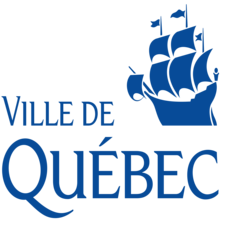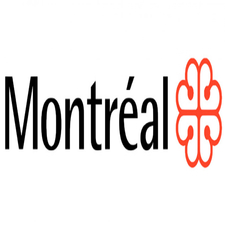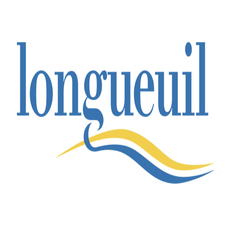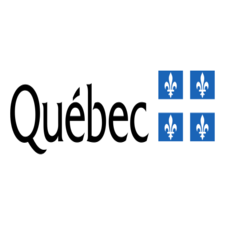Tree
Type of resources
Topics
Keywords
Contact for the resource
Provided by
Formats
Representation types
Update frequencies
status
-

Cartography of the vegetation cover of Quebec City. The canopy represents the projection on the ground of the tops (crown) of trees (including leaves, branches, and trunks), which is visible from the sky. The data comes from two satellite images covering Quebec City taken by the Pléiades satellite pair on June 24 and July 13, 2015 (spatial resolution of 50 cm).**This third party metadata element was translated using an automated translation tool (Amazon Translate).**
-

Data on locations reserved for planting in areas designated as “public domain” including street borders and off-street areas (parks and public squares). This data is complementary to [tree assets] (https://donnees.montreal.ca/dataset/arbres). Please note that in many cases, the City's data on the spatial location of trees may be inaccurate or out of date. In addition, in some boroughs, park trees are not indicated.**This third party metadata element was translated using an automated translation tool (Amazon Translate).**
-

Data on trees belonging to the municipality, referred to as “public domain”: street and off-street trees (parks and public squares). Please note that in many cases, the City's data on the spatial location of trees may be inaccurate or out of date. In addition, in some boroughs, park trees are not indicated.**This third party metadata element was translated using an automated translation tool (Amazon Translate).**
-

Extent of plant cover formed by trees on the territory of the City of Montreal. The canopy is the summation of the projections to the ground of each tree crown or group of trees over 3 meters in height. It is represented on surfaces, even for isolated trees. No cells are used in this layer.**This third party metadata element was translated using an automated translation tool (Amazon Translate).**
-

Mapping of listed trees in Quebec City.**This third party metadata element was translated using an automated translation tool (Amazon Translate).**
-

Mapping of unlisted trees in Quebec City.**This third party metadata element was translated using an automated translation tool (Amazon Translate).**
-

Polygons representing priority areas to be greened on the territory of the City of Montreal to reduce the impacts of heat waves. Three priority levels were defined according to a methodology that aimed to meet the following 5 objectives: 1. Reducing the vulnerability of Montreal to heat waves 2. Decrease the area of heat islands 3. Increase the canopy index in the most tree-deficient areas 4. Reducing the impacts of heatwaves on the most sensitive groups 5. Greening living environments as a priority (residential and community sectors) This layer will be used to monitor the evolution of one of the eight indicators of the 2020-2030 Climate Plan [2020-2030 Climate Plan] (https://portail-m4s.s3.montreal.ca/pdf/Plan_climat%2020-16-16-VF4_VDM.pdf), i.e. the number of plantations in vulnerable sectors with a target of 500,000 trees to be planted by the City and its partners. It will also help to better plan and prioritize greening projects that are often expensive (e.g. green roofs, new parks, green corridors, expanded tree planting areas, vegetated overhangs or medians, etc.). The data can also be consulted on the [interactive map of climate change vulnerabilities in the Montreal agglomeration] (https://experience.arcgis.com/experience/944e0b7104bd491591ccca829da24670/page/Page/).**This third party metadata element was translated using an automated translation tool (Amazon Translate).**
-

All the trees, mainly municipal, inventoried to date. The inventory is in progress, so it is not necessarily complete.**This third party metadata element was translated using an automated translation tool (Amazon Translate).**
-

Data set presenting public ash trees protected from emerald ash borer by TreeAzin injection treatment since 2014 by the City of Montreal. For more information on ash injections, consult the [information page dedicated to the fight against emerald ash borer] (https://montreal.ca/articles/agrile-du-frene-pourquoi-abattre-mon-arbre-17766). Tree plantations are available via the dataset presenting [trees in the public domain] (https://donnees.montreal.ca/dataset/arbres) which is updated by the City's boroughs.**This third party metadata element was translated using an automated translation tool (Amazon Translate).**
-

__The link: *Access the data directory* is available in the section*Dataset Description Sheets; Additional Information*__. Formerly, forest maps were produced by the Land Survey Department of the Ministry of Lands and Forests. Some of these maps dating **from 1924 to 1946** still exist and are treasured at the National Archives of Quebec. The information they contain makes it possible to locate and characterize forest areas in certain regions of Quebec. Color codes were then assigned for each of the following classes: young forests, old forests, burned, logged, rocky, savannas, and colonization. **These historical forest maps are available in two digital formats (PDF and TIFF) . ** **This third party metadata element was translated using an automated translation tool (Amazon Translate).**
 Arctic SDI catalogue
Arctic SDI catalogue